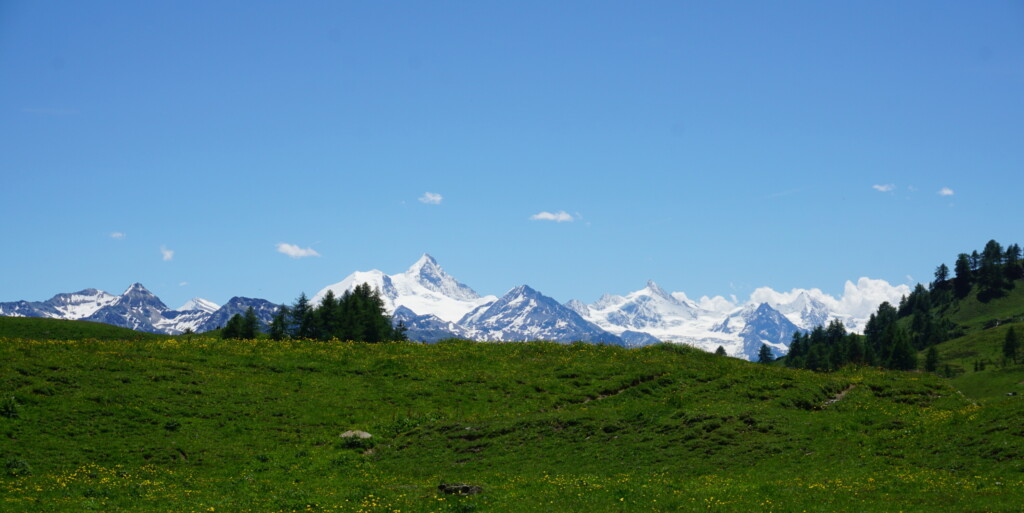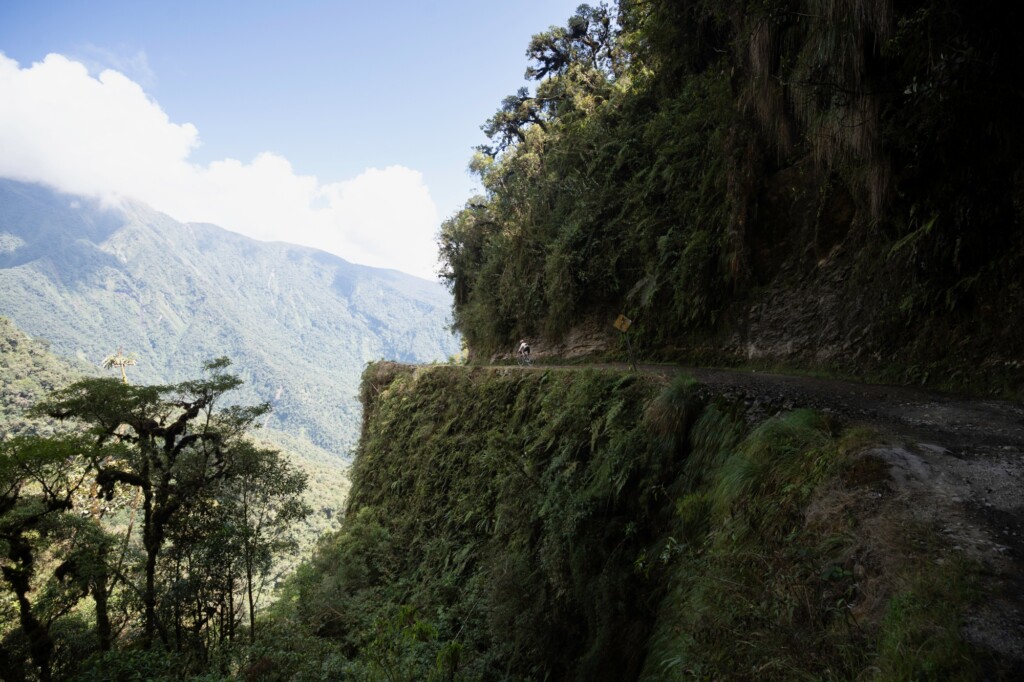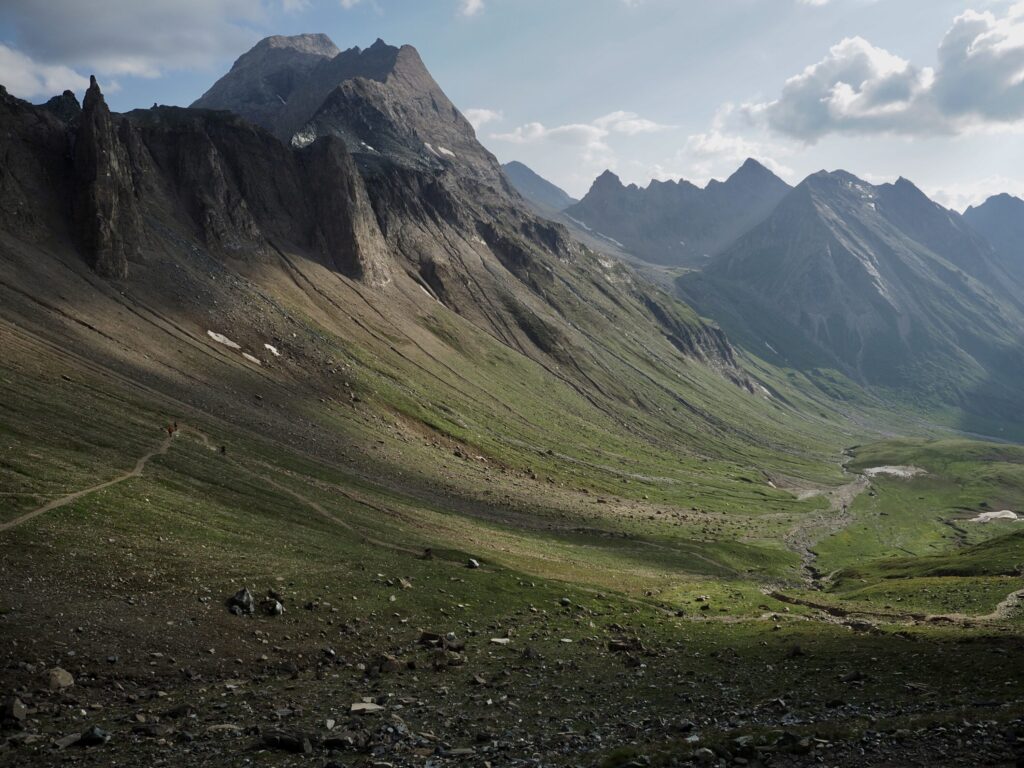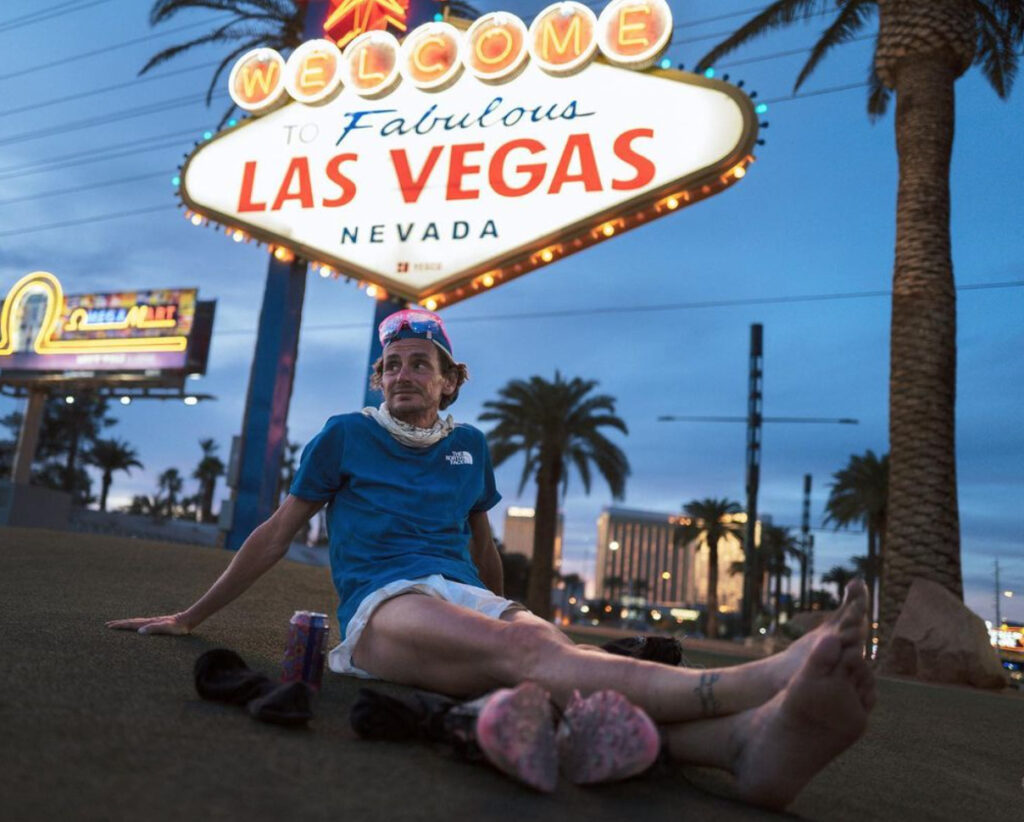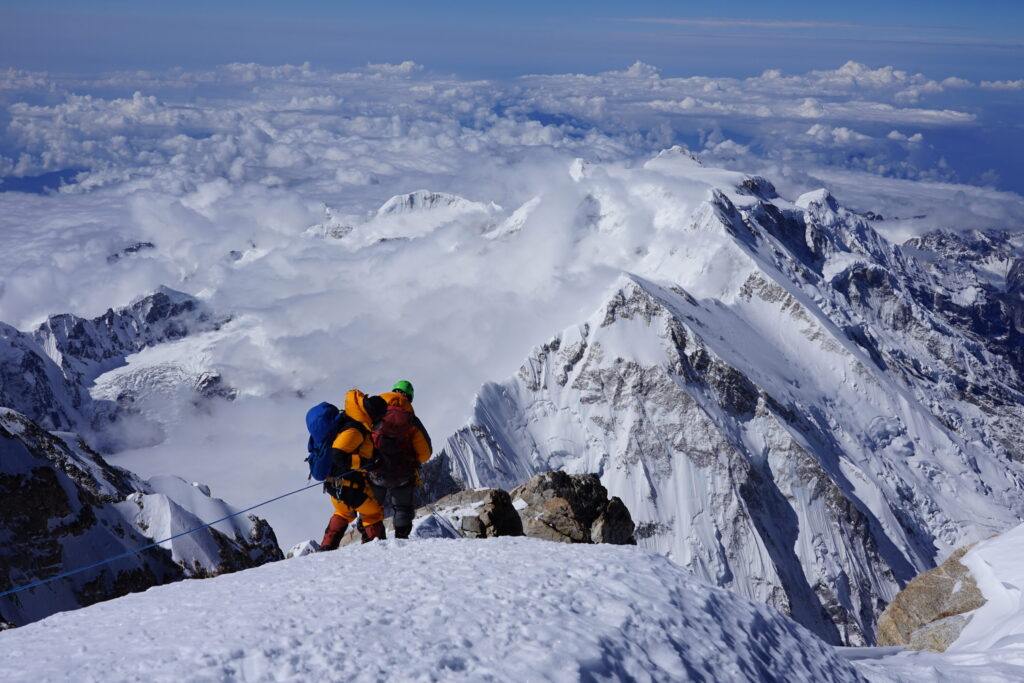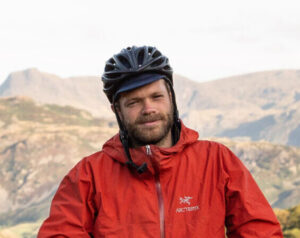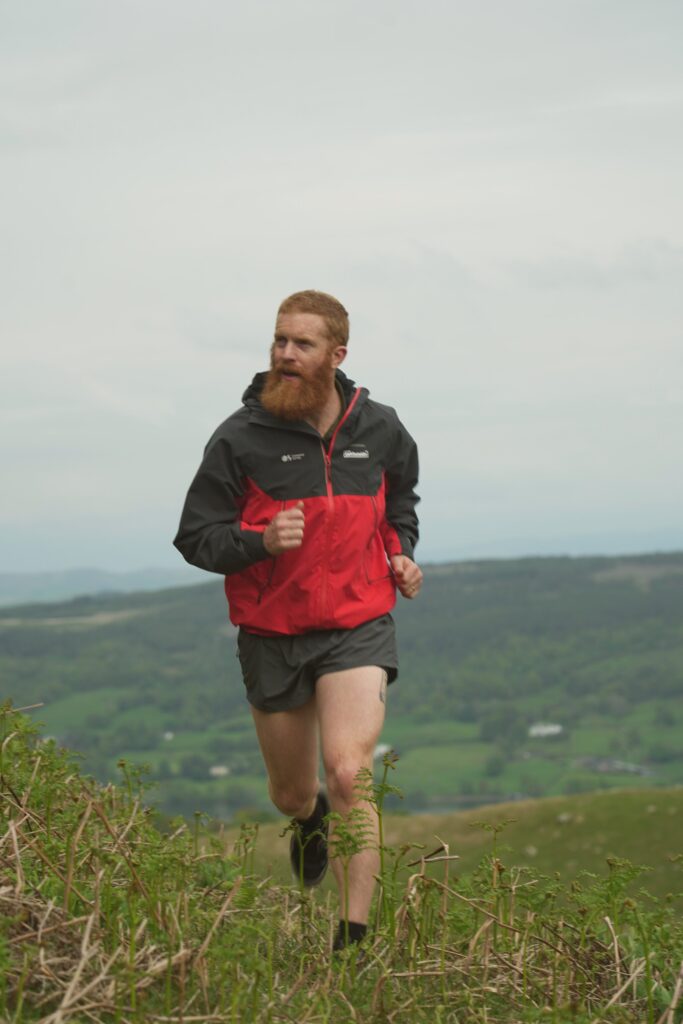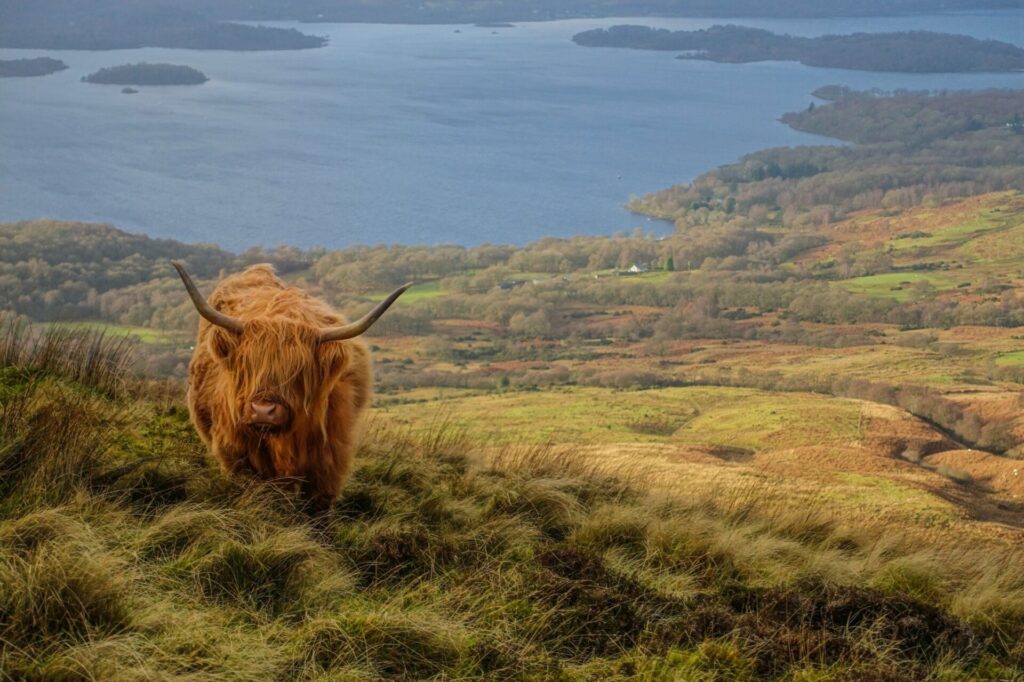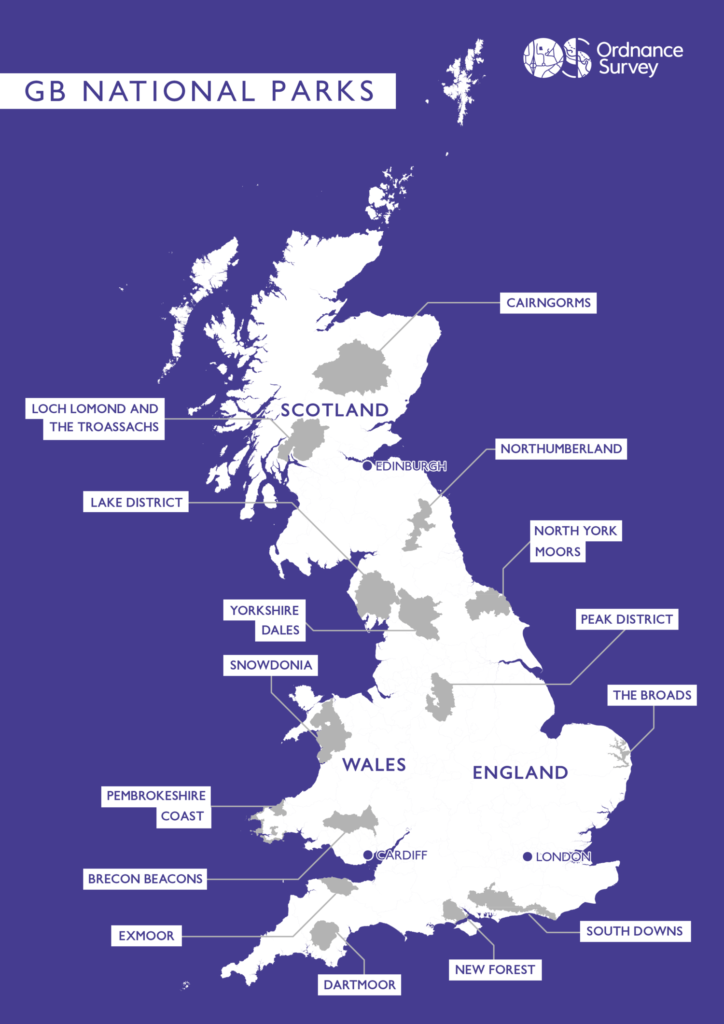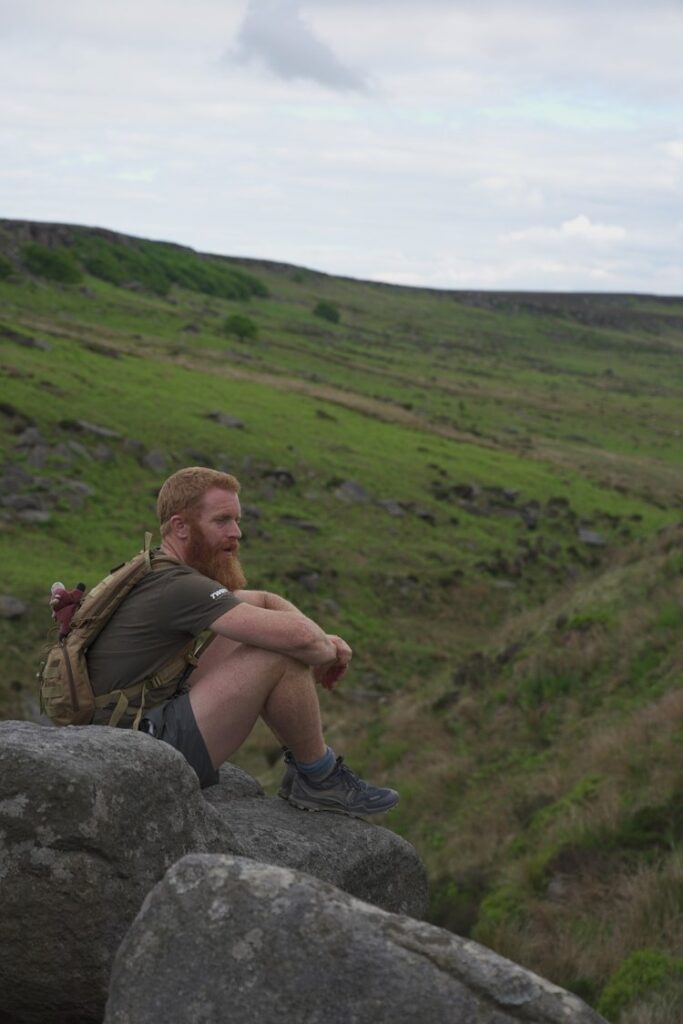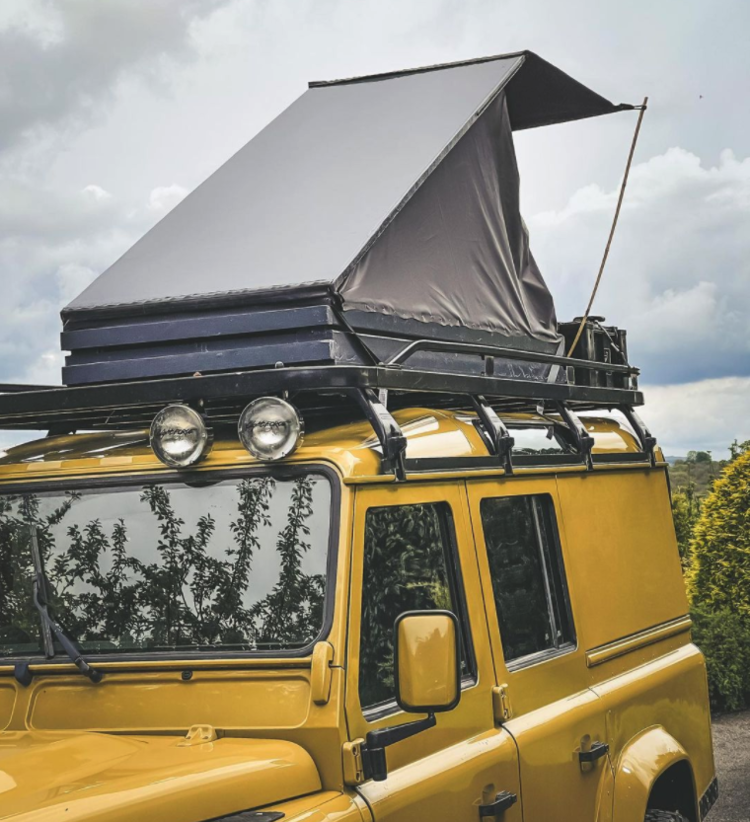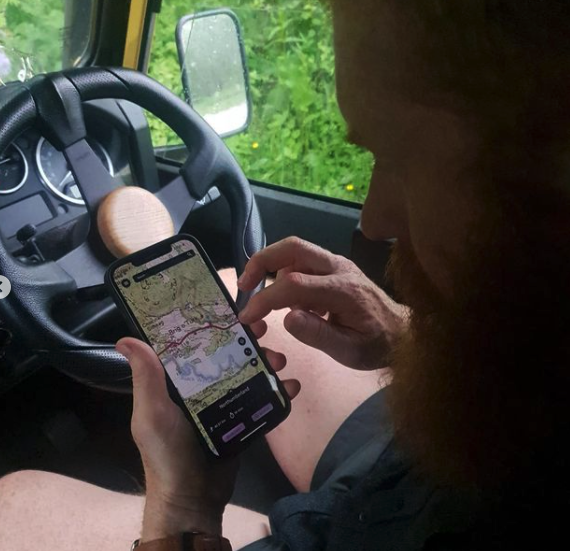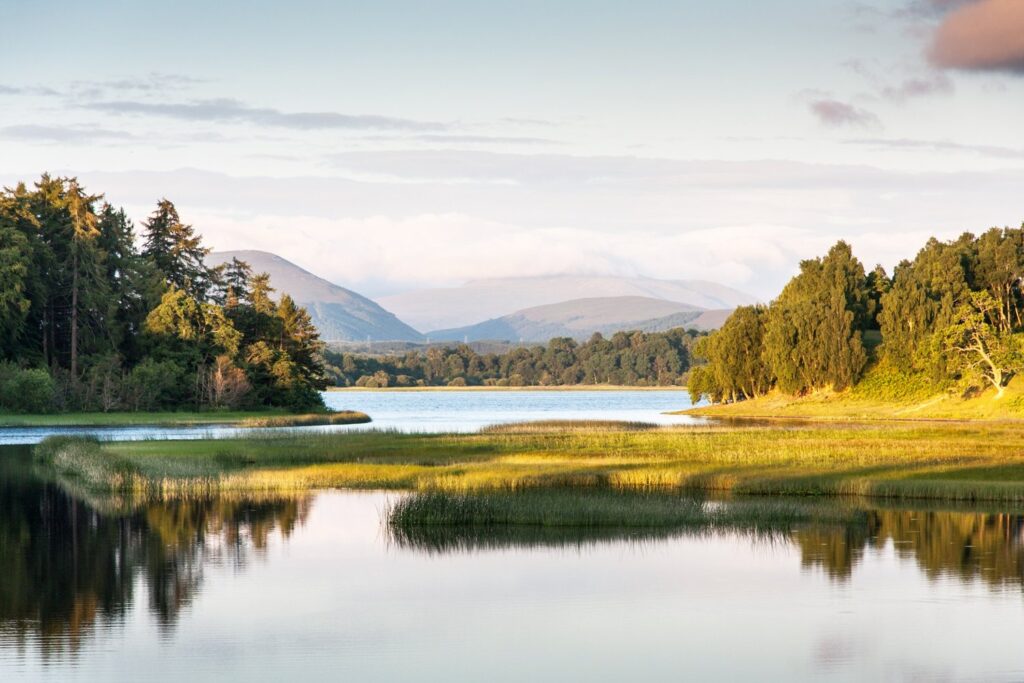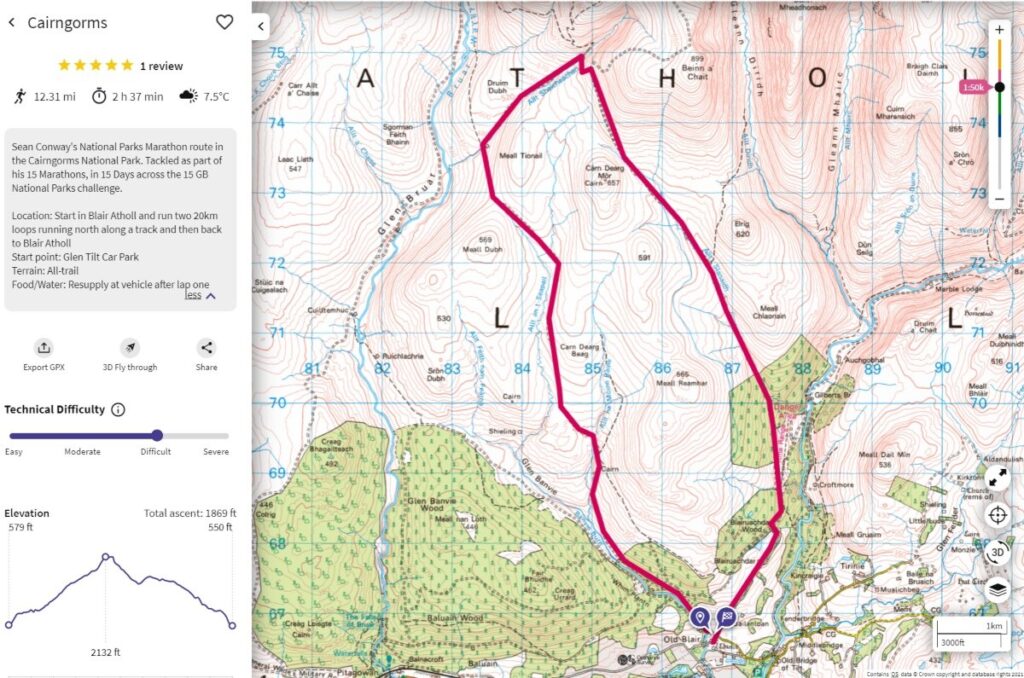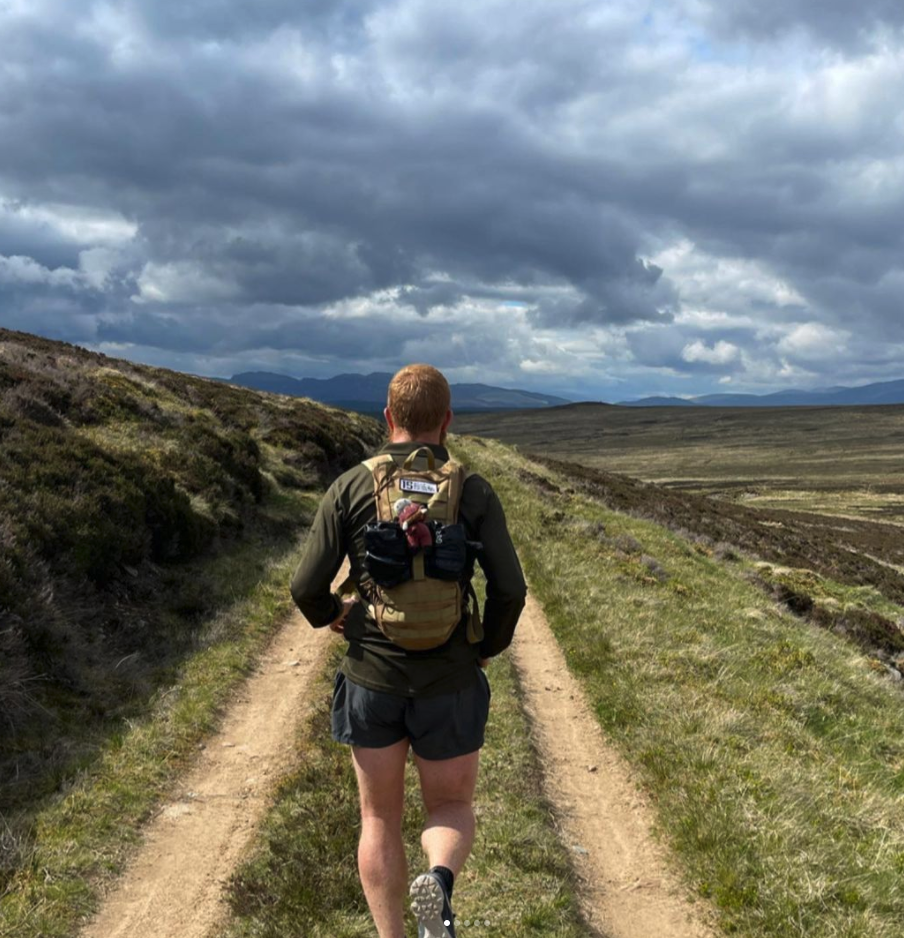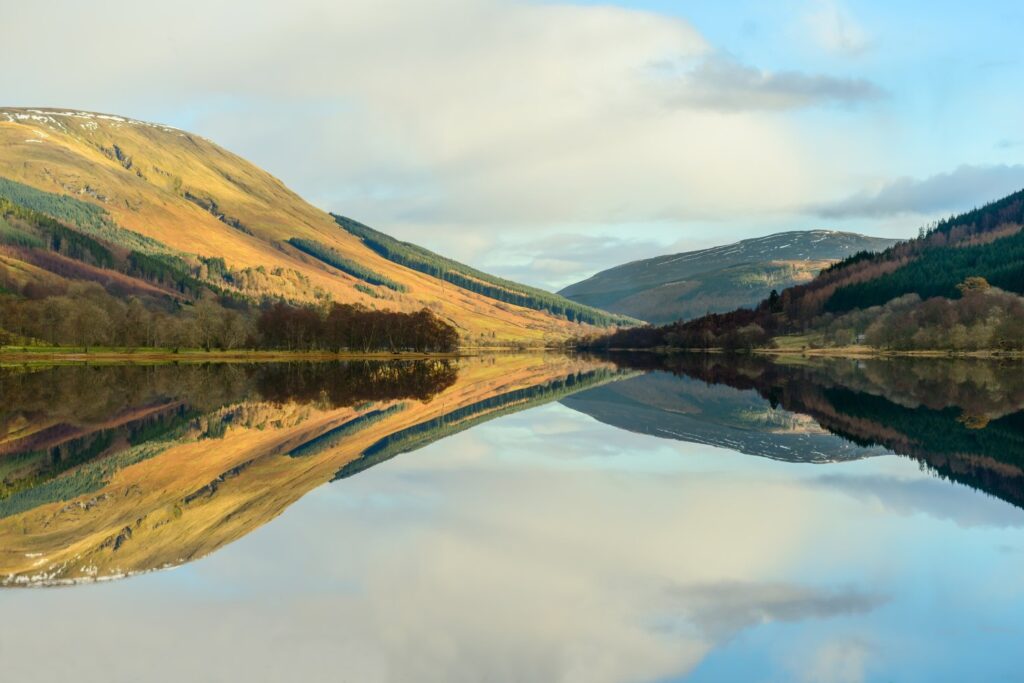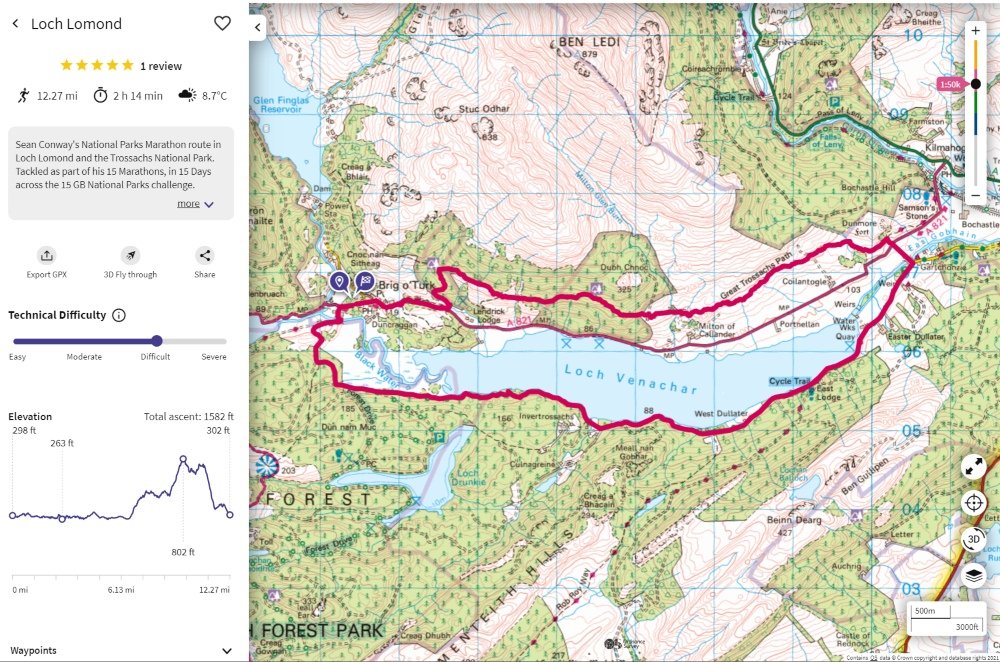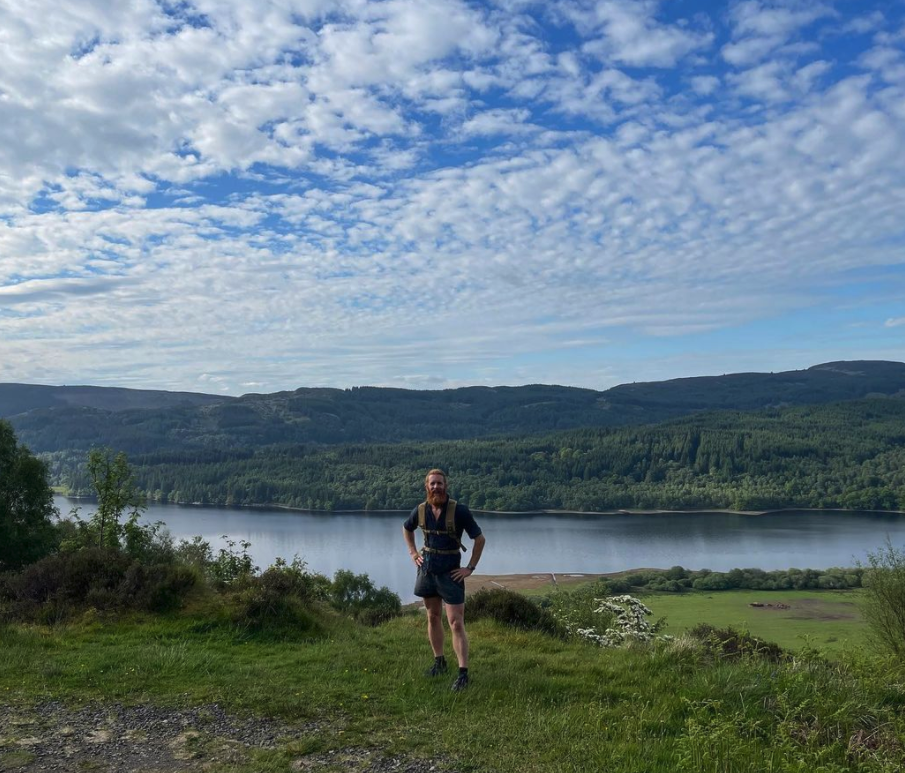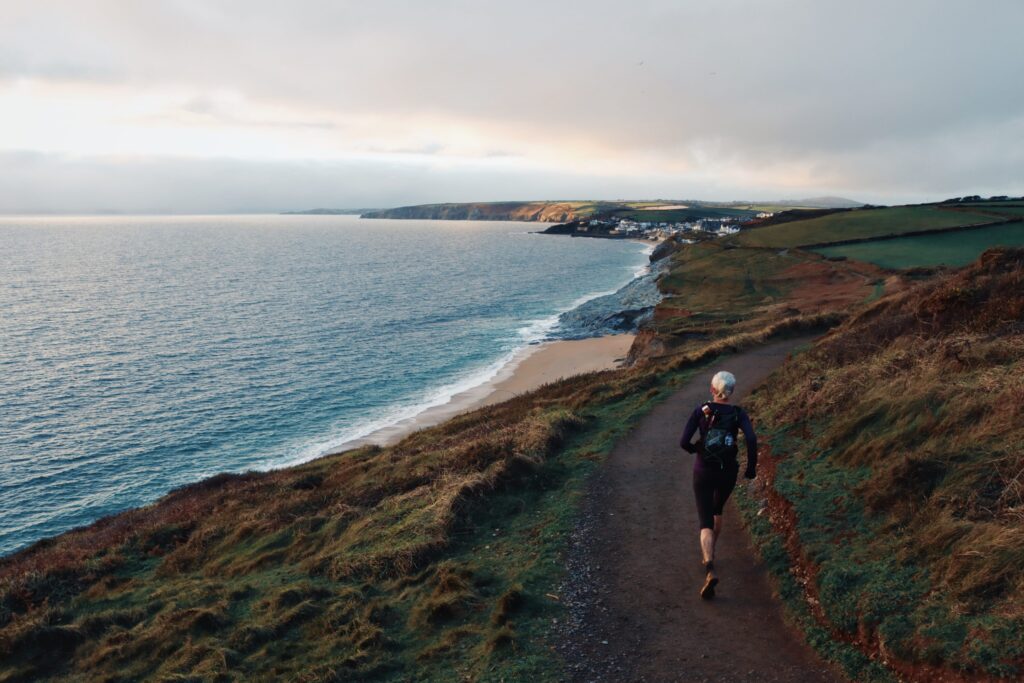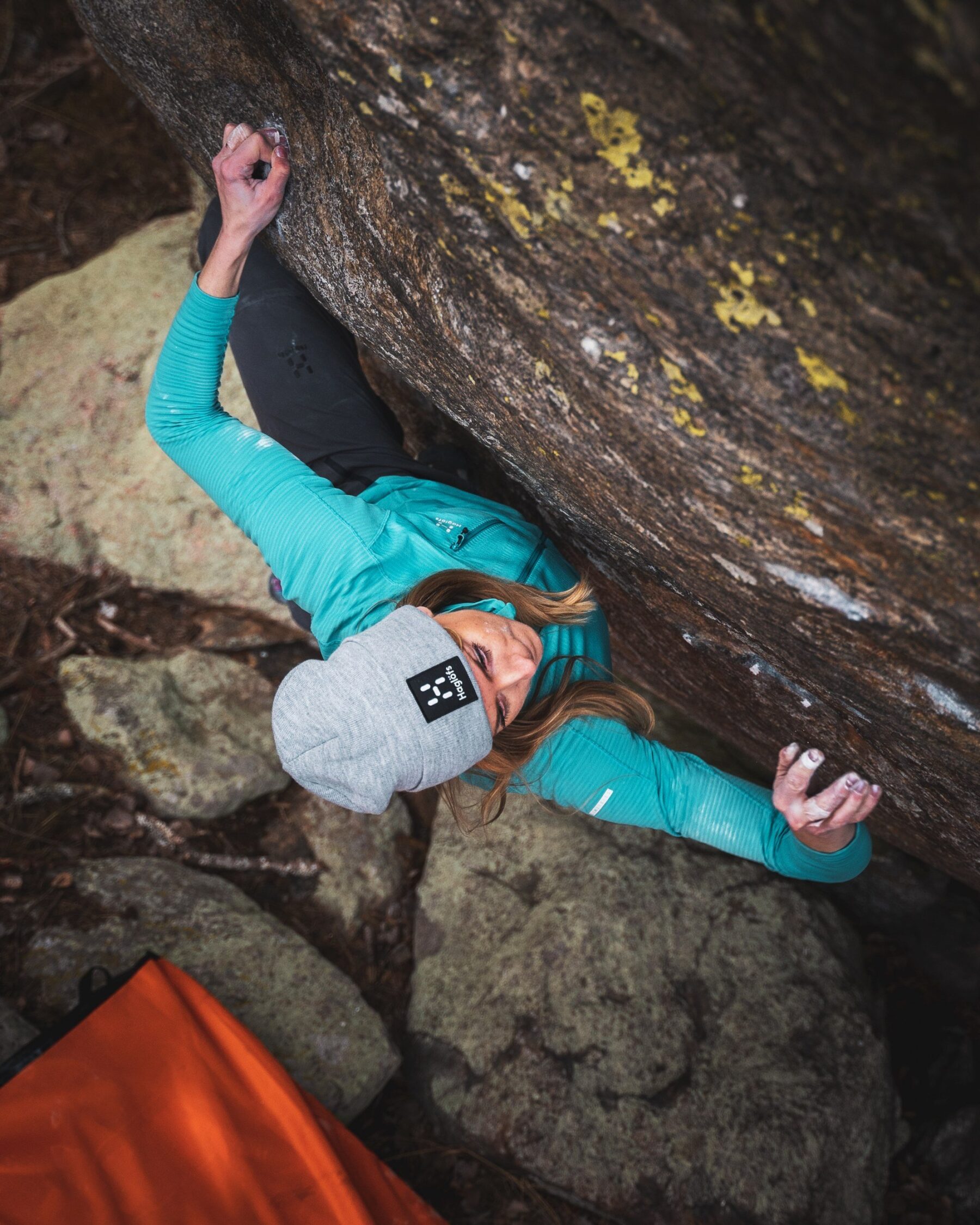Marathon Motivation
Running 15 consecutive marathons is plain lunacy, regardless of the terrain. But a sucker for a challenge, and certainly not one to be deterred by other people’s opinions of boundaries, in the summer of 2021, adventurer and OS GetOutside Champion Sean Conway prepared to run 42kms for 15 days straight across some of the most demanding landscapes in Britain.
But a challenge as formidable as this requires more than a catchy concept and unshakeable determination. During a year that saw more people exploring closer to home, by documenting his journey and encouraging people to run alongside him, he wanted to show off the incredible landscapes on offer in the country we live in and to inspire people to take responsibility for their preservation.
‘I see it as a bit of a love letter to our wide open spaces,’ says Sean. ‘We have the best National Park model in the world, whereby they are free for everyone to enjoy. Let’s make sure we look after them.’
For a man who made his name known by taking on feats of physical endurance — running swimming and biking all across and around the island — you’d figure Sean knew the National Park network like the back of his hand. But leading him to each corner of Britain, this project would introduce him to a whole new set of landscapes he’d never before set eyes on.
‘I’ve dipped into about out about half of the parks over the years, but the other half I had only really either driven through on a main road, or never been to at all. So I thought it would be a great way to see each of them, both on foot, and on the road,’ he explains. ‘And by running self-supported, I hoped I could show people that you don’t need big support vehicles with drivers, masseuses, and chefs. You can just do it yourself, if you want to.’
Route Mapping
Driving his Land Rover Defender between each park, Sean would use OS Maps to plan the marathons and also the journeys between them.
‘There were a few things I needed to take into account when I was making the routes,’ says Sean. ‘Could I park there all day and did the car park have a height barrier? Two, could I do two or three laps back to my car for food and water that would make an exact marathon? I didn’t want to over-run any of them of course. Three, could I do my entire run off road? And four, was the location en route to the next park? I used OS Maps to look for locations, and plan a route for all 15 marathons and it was perfect for that. The snap-to-path feature allowed me to create extremely accurate and exact marathons every time.’
Starting the challenge in the Cairngorms, the furthest north of Britain’s National Parks, meant Sean could make the most of Scotland’s Land Reform Act or freedom to roam and wild camp as he pleased in some of the most spectacular landscapes the nation has to offer. Being June though, it certainly didn’t come without its own set of challenges and he’d soon come to realise why it is that the Highlands remain so sparsely populated.
‘Wild camping in Scotland is legal. So I made the most of the OS Maps website and app to find some hidden back roads to camp up for the night,’ he says. ‘The only downside was the blimmin’ midges. Camping was tough as my tent wasn’t midge-roof and during the day it meant I couldn’t stop to eat or stretch, so I just ran more and that made me suffer.’
